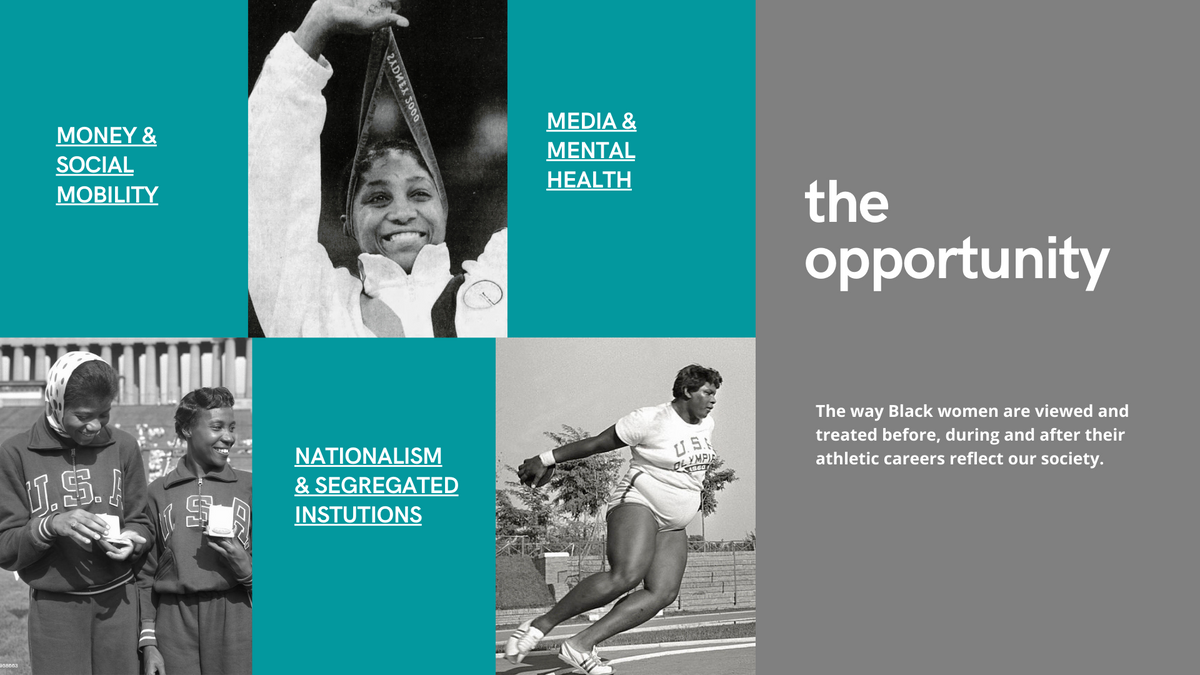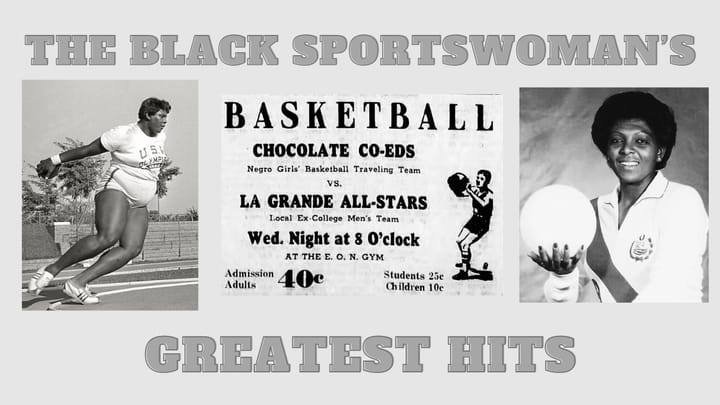Social issues U.S. Black women athletes face (then vs. now)
Today I’m sharing my original outline from the talk I gave recently, focused on U.S. Black women athletes and social issues.

Today I’m sharing my original outline from the talk I gave recently, focused on U.S. Black women athletes and social issues.



